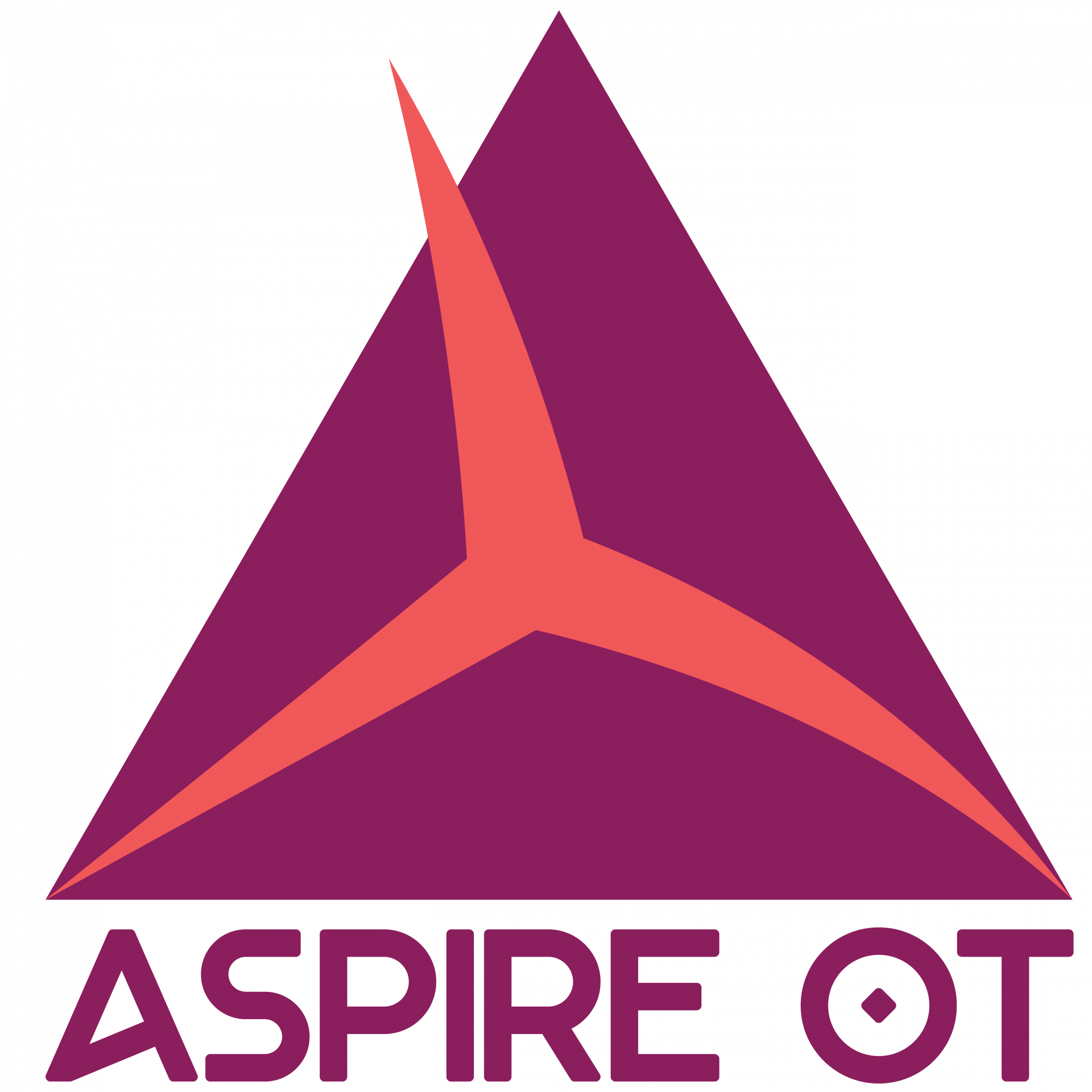At the age of 28, I woke up in the neuro ICU, recovering from the abstruse aftermath of seizures caused by micro-hemorrhaging in my brain. A cavernous malformation was discovered behind my left eye, near my olfactory nerve. I was forced to embark on a new journey, accepting an unwanted diagnosis and undefined disability. With this was the commanded, “NO DRIVING!” until six months seizure-free.
As an occupational therapist who works in neurorehabilitation, runs an outpatient driving safety program, and is a CarFit Event Coordinator, I gained a very new and very real perspective of what it means to have driving privileges unexpectedly stolen. I did nothing legally wrong to deserve this, and I felt, in a sense, violated. I was embarrassed by this disability and of having to admit that I was not permitted to drive.
Undoubtedly, these circumstances were out of my control. I had ample support around me from family and colleagues, and though I felt abashed and vulnerable, there was a common understanding that I was not at fault and I was respectably overcoming an unfortunate event. Yet, as I continue to work with older adults striving so hard to maintain their independence and their driving privileges, I unfortunately do not see this same common understanding. As older adults experience the physical and cognitive changes of normal aging, they become a misunderstood population whose past experiences are discredited. Based on my own disability experience and resiliency, I have a deeper empathy for older adults who fear, and resist, driving cessation.
I was unable to drive for upwards of one year. In that time, I adventurously explored alternative transportation throughout the rural region where I live and work. I became a first-hand witness to the successes and challenges of riding the bus, hiring taxi drivers, bumming rides from friends, walking, biking, and everything short of hitchhiking. I learned time management and patience as I navigated bus schedules and transfer routes. I stood at bus stops in the rain and snow. I waited for rides that never came. I met handfuls of eclectic individuals facing the same challenges and learned to appreciate the privileges I am afforded.
This has been a powerful experience for me as therapist who often has to advise high risk drivers to start planning for driving retirement. I understand the barriers that driving cessation builds, as well as the emotional weight it pulls, and I can help my clients navigate these issues and establish new routines. As we continue work toward improving older driver safety awareness, two themes repeatedly thread through my rehab clinic, local CarFit events, and national initiatives: 1) Transparency and 2) Earlier conversations.
As healthcare providers and driver safety advocates, we must first and foremost be honest with our clients. Clients must understand the critical importance of compromised safety, their own red flags, how they as individuals fit into the bigger picture, what their personal barriers may be, and what resources and supports are available to them.
Second, we must initiate these crucial conversations earlier. Too often, I receive a referral to evaluate a client’s fitness to drive, yet I am the first provider who has discussed driving safety with him or her. Typically, by the point the client comes to me, he or she is already a high risk driver and rehabilitation potential is low due to advanced aging. However, if we can educate clients, families, caregivers, and providers to start conversations earlier, before a driver becomes high risk, then we can address physical barriers and emotional challenges as they arise. We can proactively ensure proper supports are in place to maintain driving health as long as possible, and to have alternative transportation options readily available when the time for driving retirement comes. If we start these conversations earlier, it will not be such a brutal shock to the older adult that driving cessation may be necessary. We need to create more awareness, educate across generations, and reframe the subject of driving retirement in a positive light.
While I cannot speak firsthand to the challenges of aging, I have, against my choosing, been forced to find a way from point A to B without a steering wheel. I know it can be done. With efforts toward clearer transparency and earlier conversations, we can significantly maximize older driver safety and independence.



